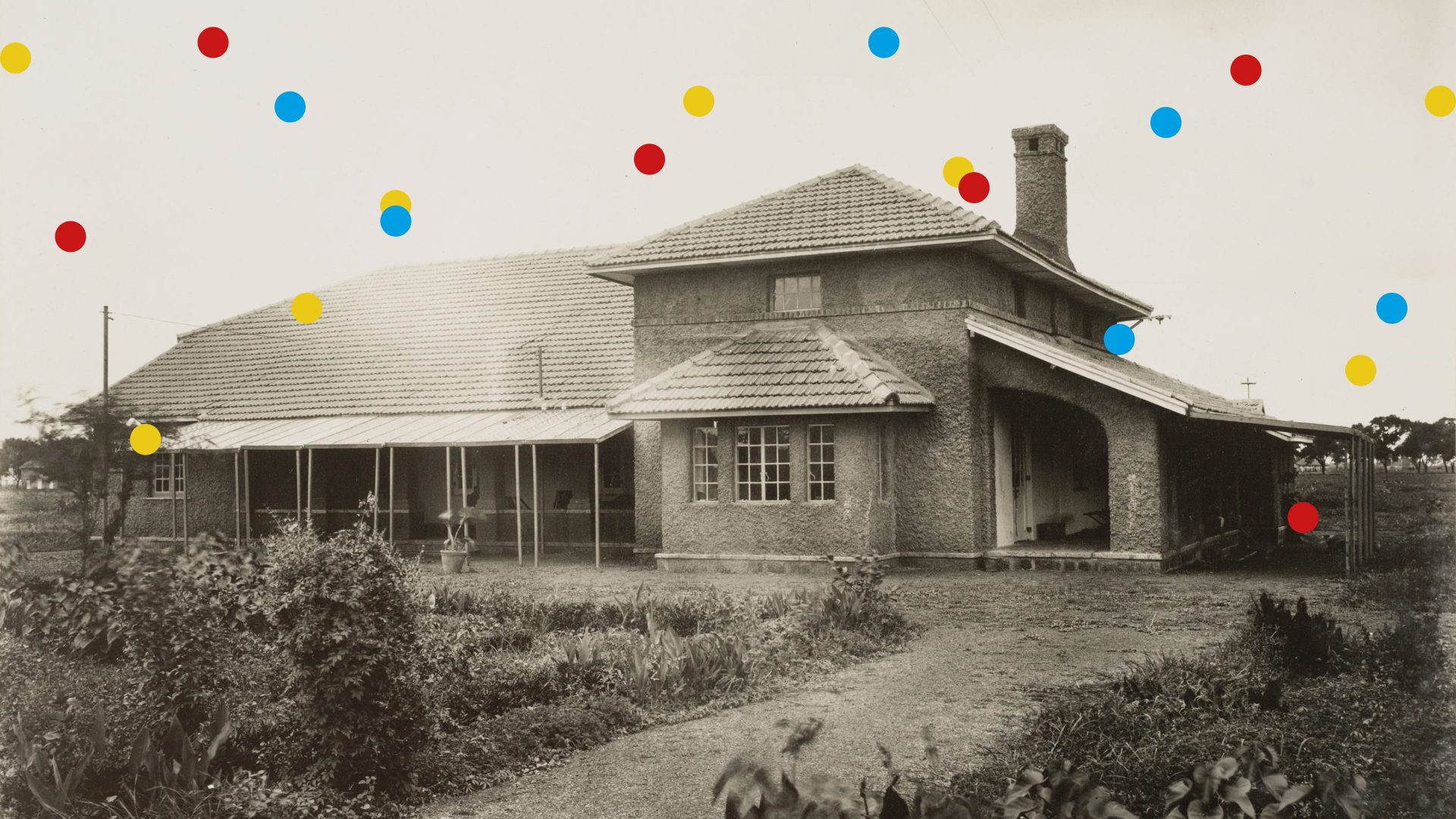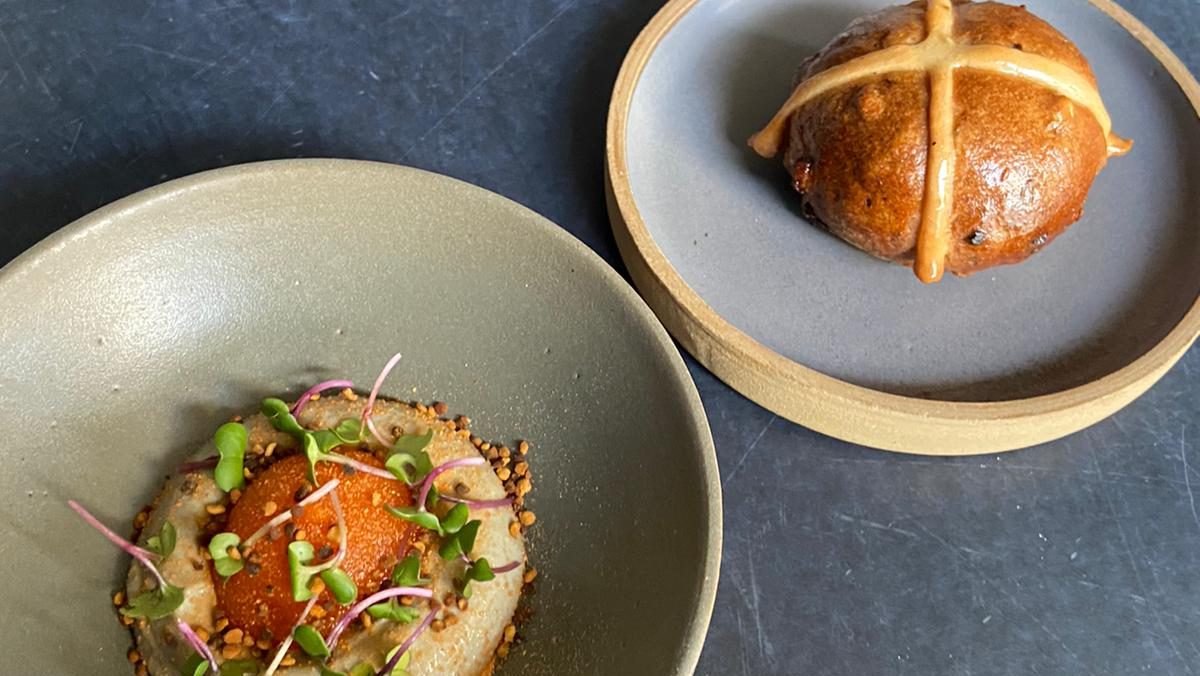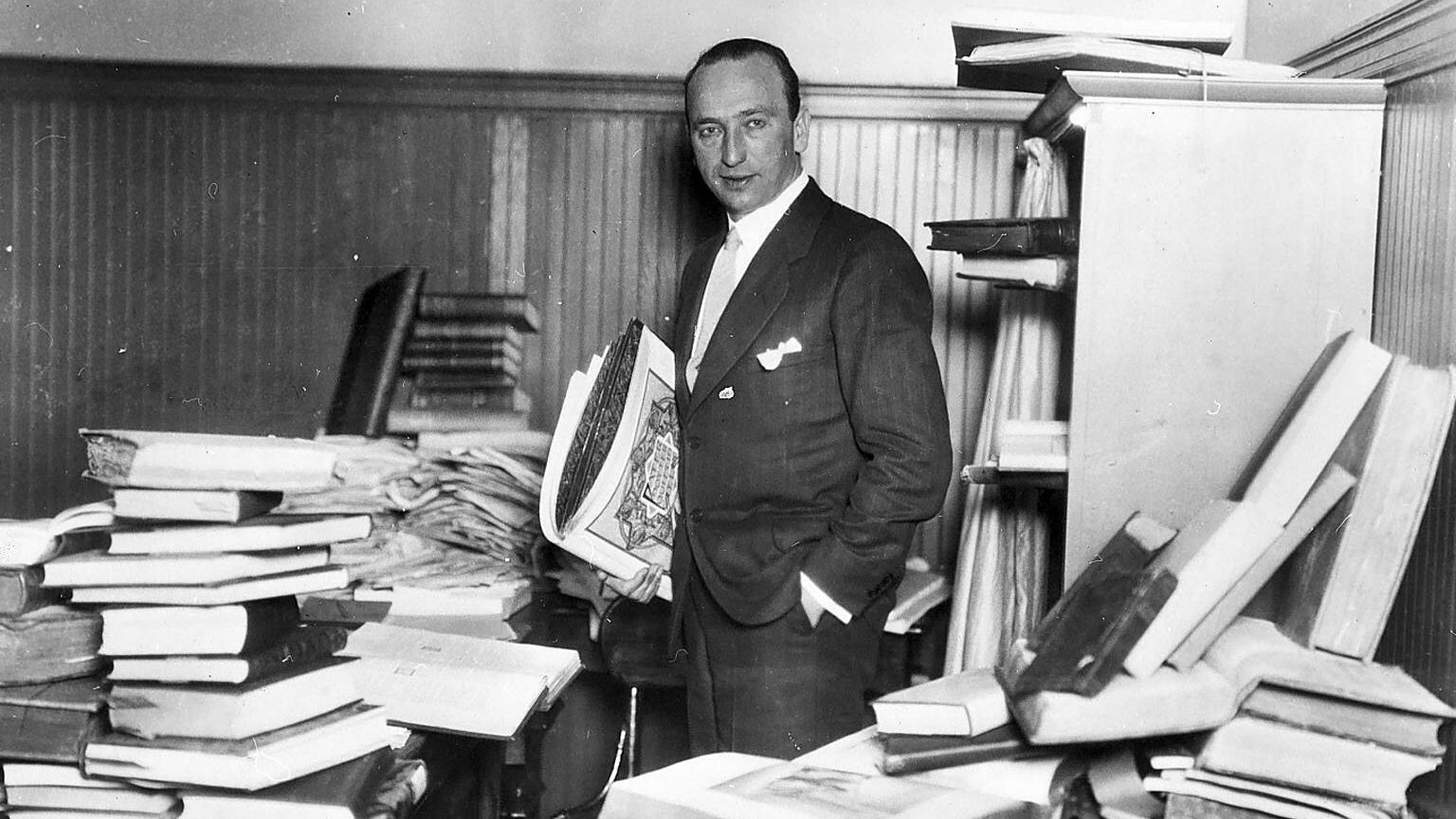Bangla Desh or Bangladesh means “Bengal land, country of the Bengalis”. But modern Bangladesh constitutes only the eastern half of the historical
lands of Bengal. The main Bengali-speaking area of the South Asian subcontinent was cut in half at the time of Partition, the plan devised by Britain on the occasion of Indian independence in 1947, which divided up the original colony of India on the basis of religion – Hinduism versus Islam – rather than geography or language or ethnicity.
The Islamic-majority areas of the subcontinent were to form a new country called Pakistan, consisting of two parts: West and East Pakistan. East Pakistan was what had originally been the eastern half of Bengal, while the western half of Bengal became the Hindu Indian state of West Bengal (capital Calcutta – Kolkata in Bengali).
This was one of many controversial decisions taken by Britain when it shed its empire; and with East and West Pakistan lying over 1,000 miles apart, it was never going to provide a lasting solution. Indeed, 34 years later in 1971 the two parts of Pakistan did become separate countries, Bangladesh (capital Dacca – Dhaka in Bengali) and Pakistan – but not without months of an appallingly genocidal war and very many thousands, if not millions, of mostly Bengali deaths.
The Bengali language, called Bangla in Bengali, is the majority language in both West Bengal and Bangladesh. Like other north Indian languages, it has provided English with a number of loanwords, including jute and, perhaps, dinghy. I write “perhaps” because the languages of the northern Indian
subcontinent, like Sindhi, Panjabi, Marathi, Hindi-Urdu and Bengali, are all closely related to one another historically, and they are therefore all rather similar linguistically, to the extent that it can be difficult to tell which language or languages an English word has come from.
“Jungle” may come from Marathi jangal “desert, forest”, or from Hindi-Urdu, or both.
One of the most interesting of these north Indian loanwords is bungalow. This word always intrigued me, no doubt because I grew up in one – and
because, like many other people, I also spent a number of enjoyable childhood seaside holidays in places called bungalows. The word first appeared in written English in the late 1600s, when it meant a single-storey house, as it still does today. But at that time bungalow often referred specifically to a temporary or insubstantial building, such as a summer house or a beach-side bungalow, and was often thatched.
The most immediate linguistic progenitors of bungalow were words from north Indian languages, such as Gujarati bangalo – from bangal “Bengal”. Gujarati is one of the major languages of northern India, with over 50 million speakers, and it is also one of the South Asian languages most commonly spoken in Britain. Its homeland is the Indian state of Gujarat,
which lies on the shores of the Indian Ocean immediately to the south of the
border with Pakistan.
Bangal and related and similar words in Hindi and other north Indian languages mean “Bengali, from Bengal”; and so the word for this type of dwelling originally meant “a house built in the style of a house in Bengal”. It is not just a coincidence that the words bungalow and Bangla are phonetically similar.
CHITTAGONIAN
The language of the south-eastern province of Bangladesh, Chittagong, is
often considered a variety of Bengali, though the two are not readily mutually intelligible. But over the border in Burma, the language of the persecuted Rohingya people is so like Chittagonian that it does make sense to regard them as a single variety.




